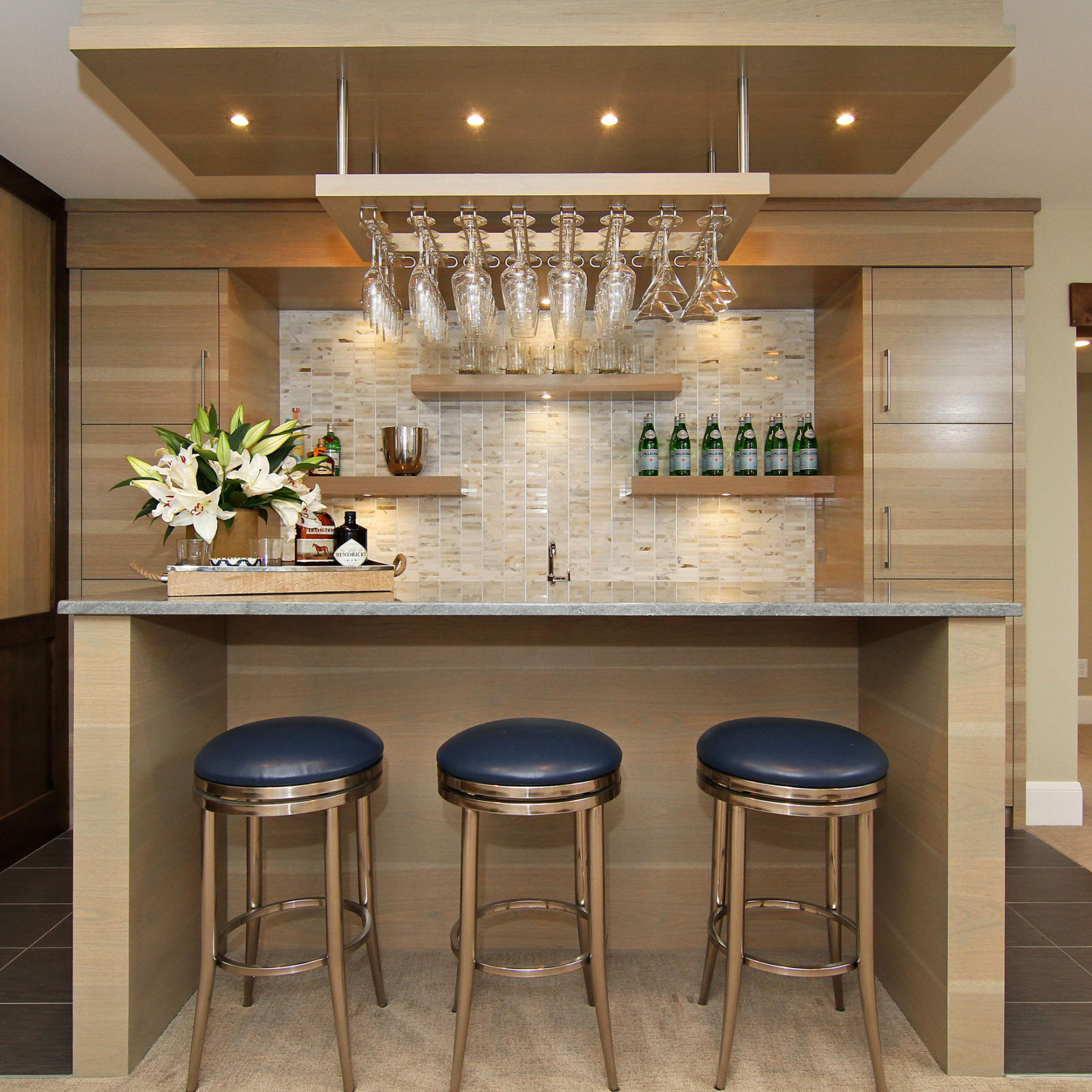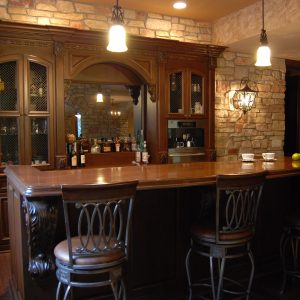Introduction
Diamond chandeliers exude luxury and elegance in any room they hang in. These statement pieces have been a symbol of class and prestige for centuries, bringing glamour and sophistication to grand ballrooms, ballerinas’ dressing rooms, and palace halls. From the sparkle of the crystals to the intricate designs and patterns, diamond chandeliers have become an object of desire for many homeowners looking to add a touch of grandeur to their home decor. In this article, we will explore the history, craftsmanship, and modern-day applications of diamond chandeliers.
The History of Diamond Chandeliers
The use of chandeliers dates back to ancient times when candles were used as a source of light. The first chandeliers were wooden crosses with spikes, where candles were placed at the ends of the arms. Later, chandeliers took on a more significant role in homes, and glass was introduced to the design. In the 18th century, chandeliers began to feature crystal and diamond elements. The initial designs were simple, with small crystal drops that dispersed the light into the room. During the reign of Louis XIV, diamond chandeliers became a symbol of power and wealth, and the technology improved to allow for more intricate designs with larger crystals.
The Craftsmanship of Diamond Chandeliers
Crafting a diamond chandelier requires a highly skilled artisan who understands the intricacies of crystal cuts, electrical wiring, and balance. The crystals used in chandeliers are typically made from glass, but diamond chandeliers feature real diamonds. The positioning and abundance of diamonds can vary depending on the design, but diamond chandeliers are typically the most expensive type of chandelier available. The diamonds used in chandeliers are often sourced from Russia, Canada, Brazil, and Australia.
The Diamond Chandelier Design Process
Crafting a diamond chandelier is a lengthy process that requires meticulous attention to detail. The process typically follows these steps:
- Designing the chandelier: The designer develops the model of the chandelier, selecting the shape, size, number, and placement of the crystals.
- Choosing the materials: The designer selects the metal for the frame and the crystals for the chandelier, considering aspects such as weight, size, and quality.
- Soldering the frame: The metal frame is assembled and soldered together.
- Wiring the chandelier: The wiring is done in the frame according to the designer’s plan, ensuring the correct positioning and functionality of the lighting elements.
- Attaching the crystals: The crystals are positioned individually, ensuring that the entire structure is balanced and that the weight of the crystals will not damage the chandelier.
- Fine-tuning the chandelier: The craftsman makes final adjustments to the balance, ensuring that the chandelier meets the designer’s vision and the client’s expectations.
Modern-Day Applications of Diamond Chandeliers
Today, diamond chandeliers are used not only in stately ballrooms but in various residential and commercial settings. They add glamor and sparkle to hotel lobbies, wedding venues, and restaurants, and they can even be seen in some homes. The contemporary designs of diamond chandeliers often feature more minimalist style, with fewer and more oversized crystals, modern shapes and materials, and bold The use of LED lights can also provide an energy-efficient, long-lasting alternative to traditional incandescent or halogen bulbs.
Prized Collections
Diamond chandeliers are often treasured as prized collections or family heirlooms. They require special care and maintenance, as the crystals can become dull and dirty over time. Diamonds and metal should be cleaned regularly, and the wiring and electrical elements should be checked every few years for safety.


